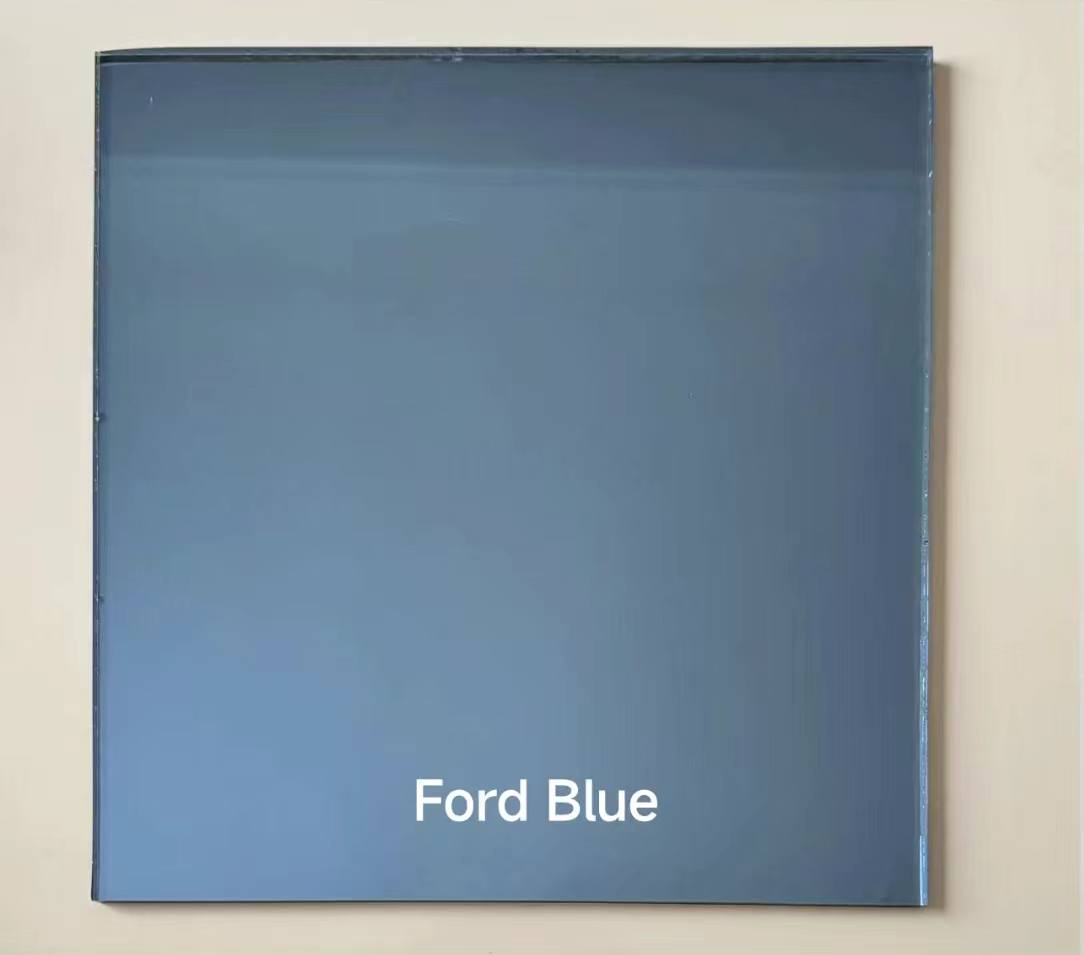

The Benefits and Applications of Reflective Tinted Glass
Reflective tinted glass has become increasingly popular in modern architecture and design, becoming a staple in the construction of both residential and commercial buildings. With its unique properties and aesthetic appeal, this type of glass is not only functional but also contributes significantly to energy efficiency and privacy. This article explores the benefits and applications of reflective tinted glass, shedding light on why it has become a favored choice in contemporary design.
Understanding Reflective Tinted Glass
Reflective tinted glass is created by applying a thin metallic coating to the surface of tinted glass. This coating enhances the glass's ability to reflect light while retaining a level of translucency. The tinted layer reduces glare from the sun, while the reflective coating acts as a barrier against harmful UV rays. The combination of these properties results in enhanced comfort and protection for the interiors of buildings, making reflective tinted glass an ideal choice for a variety of applications.
Energy Efficiency and Cost Savings
One of the primary advantages of reflective tinted glass is its contribution to energy efficiency. By reflecting a significant portion of solar radiation, this type of glass helps maintain comfortable indoor temperatures, reducing the need for excessive air conditioning. This property not only leads to cost savings on energy bills but also decreases the environmental footprint of buildings. In a world increasingly focused on sustainability, the energy-efficient nature of reflective tinted glass aligns perfectly with contemporary green building practices.
Aesthetic Appeal
Beyond its functional advantages, reflective tinted glass offers a sleek and modern aesthetic that appeals to architects and designers alike. The reflective quality of the glass creates striking visual effects, enhancing the overall look of a building. It provides a contemporary feel that complements various architectural styles, from minimalist designs to more elaborate constructions. Moreover, the range of colors and finishes available allows for customization, enabling designers to create unique façades that resonate with their vision.

Privacy and Security
Privacy is a significant concern for many homeowners and businesses alike. Reflective tinted glass provides an effective solution by offering a level of seclusion without completely obstructing light. The reflective surface makes it difficult for outsiders to see inside while still allowing natural light to filter through. This feature is particularly valuable in urban environments where buildings are closely situated. Additionally, the added thickness of tinted glass can enhance security, making it more challenging for intruders to break in.
Applications in Various Settings
Reflective tinted glass is versatile and finds applications in numerous settings. In commercial buildings, it is commonly used for office windows, storefronts, and exteriors, contributing to the overall professionalism and modernity of the enterprise. In residential settings, this type of glass is often used for large windows, glass doors, and even shower enclosures, adding aesthetic value and functionality to homes.
Moreover, reflective tinted glass is increasingly being utilized in automotive applications. Many modern vehicles now feature tinted windows that minimize glare, enhance privacy, and protect passengers from UV rays. This trend aligns with growing consumer demand for vehicles that prioritize comfort and safety.
Conclusion
In conclusion, reflective tinted glass is a remarkable innovation that brings together functionality, efficiency, and aesthetic appeal. Its ability to reflect sunlight, reduce glare, and maintain privacy makes it a valuable asset in modern architecture and design. The ongoing advancements in glass technology enhance its energy efficiency and increase its resilience, making it an ideal choice for builders and homeowners looking to combine style with substance. As we continue to prioritize sustainability and comfort in our built environments, reflective tinted glass is likely to remain a key player in shaping the future of architectural designs. Embracing this innovative material not only enhances the visual appeal of structures but also contributes to a more energy-efficient and comfortable living and working environment.